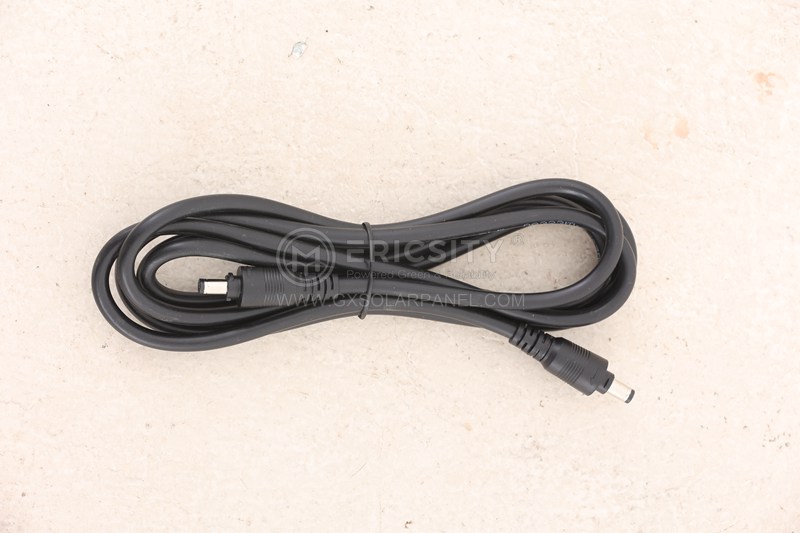HOT PRODUCT
Product Details
semi-flexible Solar Panels: The Future Of Portable Energy
Title: Semi-Flexible Solar Panels: The Future of Portable Energy
Introduction (paraphrase):
With the increasing demand for sustainable and portable energy solutions, semi-flexible solar panels have emerged as a viable option. These lightweight and bendable panels offer numerous advantages over traditional rigid solar panels, making them the future of portable energy. In this article, we will explore the technology behind semi-flexible solar panels, their benefits, and their potential applications in various industries.




1. Technology behind Semi-Flexible Solar Panels (100 words):
Semi-flexible solar panels are made using advanced materials such as thin-film photovoltaic cells, which are flexible enough to be molded and shaped without sacrificing their power-generating capacity. These panels are typically constructed using materials like lightweight polymers, amorphous silicon, and other semiconductor materials. The use of flexible materials allows the panels to withstand bending and minor impacts, making them highly durable. Additionally, the semi-flexible design enables them to adapt to various surface types, including curved or uneven surfaces, further enhancing their versatility.
2. Advantages of Semi-Flexible Solar Panels (200 words):
a. Lightweight and Portable: Semi-flexible solar panels are significantly lighter and more compact than their rigid counterparts, making transportation and installation much easier.
b. Versatility: These panels can be installed in unique locations due to their adaptability to different surfaces, including boats, RVs, and backpacks. They can also be integrated into architectural designs, such as curved roofs or facades.
c. Durability: The flexible materials used in semi-flexible solar panels make them highly resistant to harsh weather conditions, including strong winds, hail, and snow. They are also less prone to cracking or shattering.
d. Efficiency: Although semi-flexible solar panels have a lower energy conversion efficiency compared to rigid panels, ongoing advancements in their design are constantly improving their performance.
e. Aesthetics: Their sleek design, thin profile, and ability to blend into various surfaces make semi-flexible solar panels less visually obtrusive, allowing for greater integration in both residential and commercial settings.
3. Potential Applications of Semi-Flexible Solar Panels (200 words):
a. Portable Electronics: The compact size and lightweight nature of semi-flexible solar panels make them perfect for charging smartphones, tablets, and other small electronic devices on the go, ensuring a reliable source of renewable energy.
b. Outdoor Activities: From camping and hiking to boating and fishing, semi-flexible solar panels can provide power for lighting, cooking, and charging batteries in remote locations where traditional power sources are limited.
c. Transportation: Integrating semi-flexible panels into electric vehicles, bicycles, and boats could increase their range and efficiency, allowing for longer trips powered by clean energy.
d. Architecture: Incorporating semi-flexible solar panels into the design of buildings and infrastructure can contribute to overall energy self-sufficiency. With their adaptability to curved surfaces, they offer architects more options for integrating renewable energy seamlessly into structures.
e. Disaster Relief Efforts: Portable and flexible solar panels can be rapidly deployed to disaster-stricken areas, providing immediate access to electricity for charging devices, running medical equipment, and powering temporary shelters.
Conclusion (100 words):
Semi-flexible solar panels are revolutionizing the portable energy landscape with their lightweight design, adaptability, and durability. As ongoing research and development efforts continue to enhance their energy efficiency, these panels are set to become the future of clean and portable energy solutions. Whether it’s for personal electronic devices, outdoor activities, transportation, architecture, or disaster relief efforts, semi-flexible solar panels offer a promising and sustainable solution to meet the growing demand for portable power.




